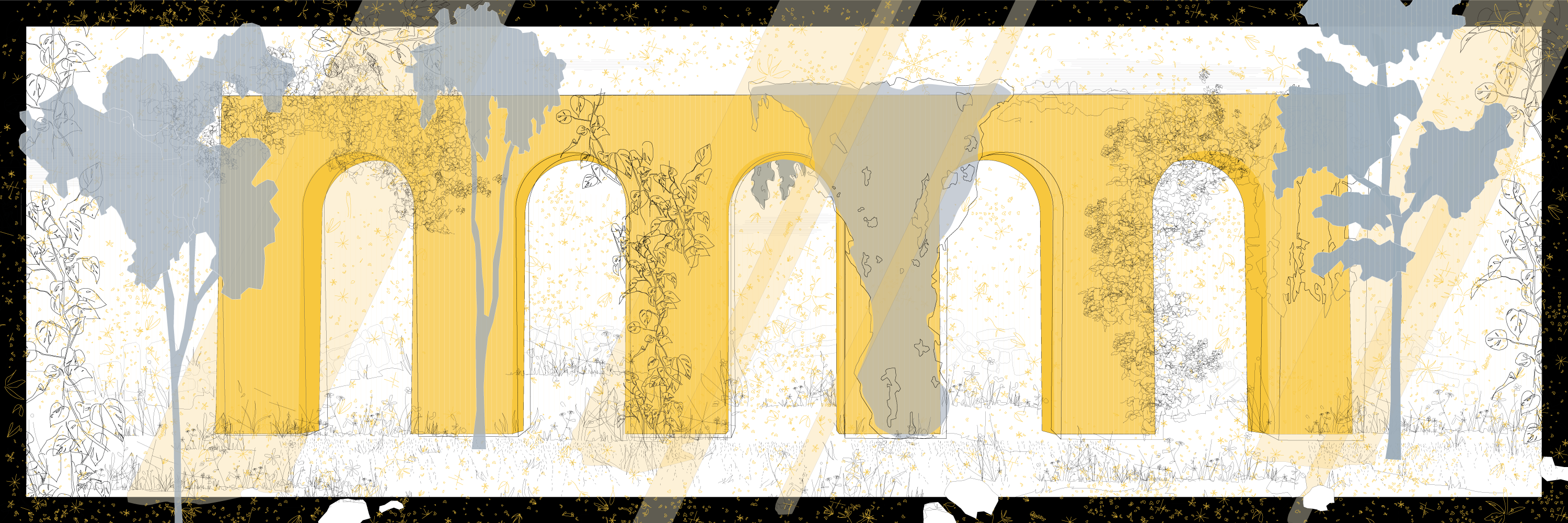Mosques: An Environment for healing
The built environment has a tremendous impact on our health, overall mood and well-being. Wellness is rooted within networks or communities committed to education, safety and health. Equally as important as a mosque’s ability to provide spiritual nourishment, is the role they play in promoting health and being an environment for healing.
Mosques today should be responsive, inclusive and engaging for present day audiences. In an article ‘Architecture of healing: Post Emergency and Recovery’ Perkins Eastman identifies 8 dimensions to wellness which include emotional, environmental, intellectual, physical and occupational and spiritual. Considering these components should become best practice for mosque design to create a healing environment.
The physical environment is one aspect of wellness; however this has to be considered holistically with other components to nurture wellness. The visual impact of spatial design is often considered first; however, materiality is a key component in creating healing. This is best expressed by using materials which retain their natural texture. The Cambridge Mosque is a beautiful example of a mosque which utilises a timber to create an intricate pillar and canopy structure to hold up the roof. The tree-like pillars are intended to give the worshipers the feeling of being amongst trees or a garden, creating an atmosphere of tranquility.
Further to practical aspects of a programme, wellness architecture relies on the art and sciences of designing built environments with socially conscious systems and materials. This promotes a harmonious balance between physical, emotional, and spiritual well-being. Alongside the core Islamic principals which make a mosque, programmes create a bridge between architecture, aesthetics and socially conscious systems. This can be in the the form of educational classes, lectures, talks and workshops which will support the Muslim community or give them a space to gather as well as a space for prayer.
The layout of a mosque incorporates the emotional, occupational and environmental aspects to wellness. The benefits of natural materiality and useful programmes are maximised if the spatial layout is well planned. The approach to the mosque, the arrangement of spaces in relation to the main prayer hall and the intermediary spaces in between all contribute to a spaces overall ambiance and atmosphere, contributing to the emotional state of the user. Incorporating green spaces such as courtyards, gardens can also produce positive outcomes such as reduced stress and improvement of mental health.
Mosques should be equipped to address the challenges Muslims face today and serve the needs of their diverse communities. Creating a spatial design that enhances growth, development and well-being can transform the way mosques are designed.










